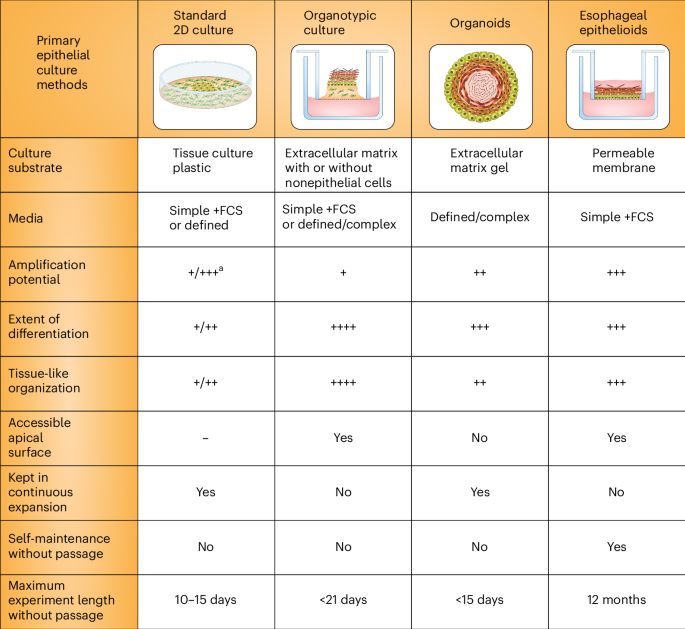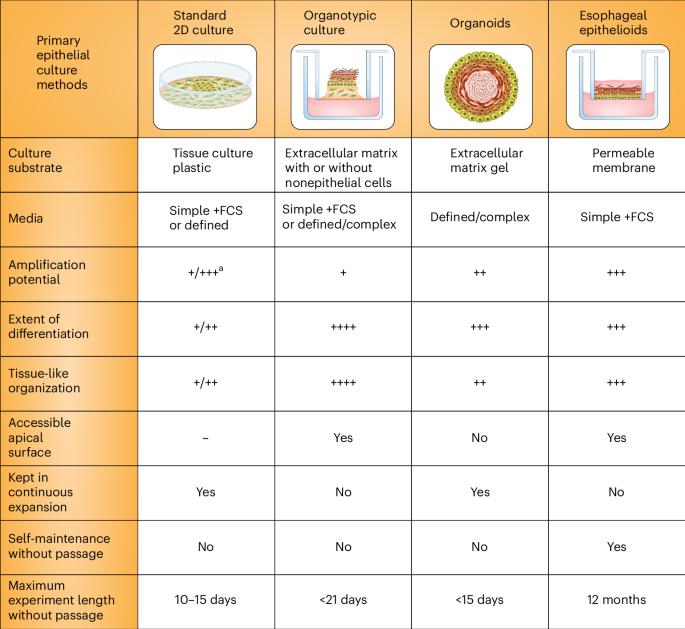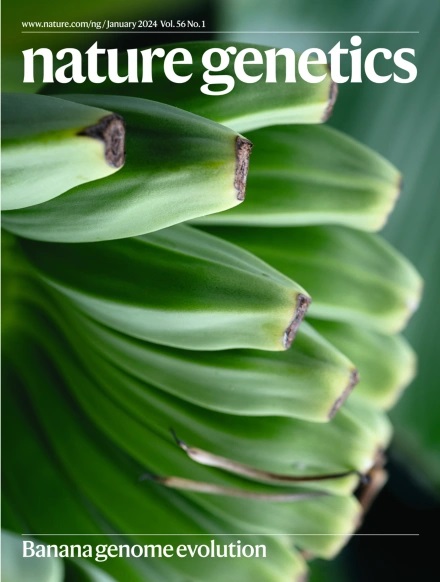自我维持的长期三维上皮细胞培养揭示食管上皮细胞克隆扩增的驱动因素
IF 31.7
1区 生物学
Q1 GENETICS & HEREDITY
引用次数: 0
摘要
衰老的上皮受到体细胞突变的影响,而体细胞突变又受到内在和外在因素的选择。由于缺乏合适的培养系统,对这一过程和其他长期生物学过程的研究进展缓慢。在这里,我们描述了上皮细胞,这是一种培养多种小鼠和人类上皮细胞的简便、经济有效的方法。食管上皮细胞无需传代就能自我维持至少 1 年,保持三维结构,基底细胞增生分化为上基底细胞,最终脱落并保持基因组稳定性。超过 5 个月的实时成像显示,上皮细胞复制了体内细胞的动态变化。上皮细胞支持遗传操作,能够在三维上皮细胞中研究突变细胞的竞争和选择,并展示抗癌治疗如何调节转化细胞和野生型细胞之间的竞争。最后,一项有针对性的CRISPR-Cas9筛选显示,上皮细胞再现了衰老人类食管中的突变基因选择,并确定了克隆扩增的其他驱动因素,解决了支撑竞争性适存的遗传网络问题。本文章由计算机程序翻译,如有差异,请以英文原文为准。


Self-sustaining long-term 3D epithelioid cultures reveal drivers of clonal expansion in esophageal epithelium
Aging epithelia are colonized by somatic mutations, which are subjected to selection influenced by intrinsic and extrinsic factors. The lack of suitable culture systems has slowed the study of this and other long-term biological processes. Here, we describe epithelioids, a facile, cost-effective method of culturing multiple mouse and human epithelia. Esophageal epithelioids self-maintain without passaging for at least 1 year, maintaining a three-dimensional structure with proliferative basal cells that differentiate into suprabasal cells, which eventually shed and retain genomic stability. Live imaging over 5 months showed that epithelioids replicate in vivo cell dynamics. Epithelioids support genetic manipulation and enable the study of mutant cell competition and selection in three-dimensional epithelia, and show how anti-cancer treatments modulate competition between transformed and wild-type cells. Finally, a targeted CRISPR–Cas9 screen shows that epithelioids recapitulate mutant gene selection in aging human esophagus and identifies additional drivers of clonal expansion, resolving the genetic networks underpinning competitive fitness. Epithelioids are genetically stable, self-sustaining three-dimensional cultures. They may be used to investigate various aspects of epithelial biology over several months without need for passaging. In this paper, mouse epithelioids are used to identify drivers of clonal expansion in the esophagus.
求助全文
通过发布文献求助,成功后即可免费获取论文全文。
去求助
来源期刊

Nature genetics
生物-遗传学
CiteScore
43.00
自引率
2.60%
发文量
241
审稿时长
3 months
期刊介绍:
Nature Genetics publishes the very highest quality research in genetics. It encompasses genetic and functional genomic studies on human and plant traits and on other model organisms. Current emphasis is on the genetic basis for common and complex diseases and on the functional mechanism, architecture and evolution of gene networks, studied by experimental perturbation.
Integrative genetic topics comprise, but are not limited to:
-Genes in the pathology of human disease
-Molecular analysis of simple and complex genetic traits
-Cancer genetics
-Agricultural genomics
-Developmental genetics
-Regulatory variation in gene expression
-Strategies and technologies for extracting function from genomic data
-Pharmacological genomics
-Genome evolution
 求助内容:
求助内容: 应助结果提醒方式:
应助结果提醒方式:


